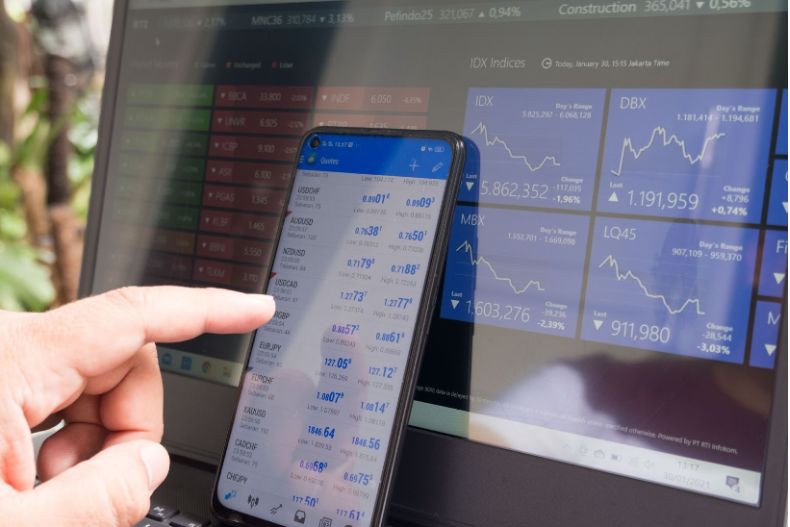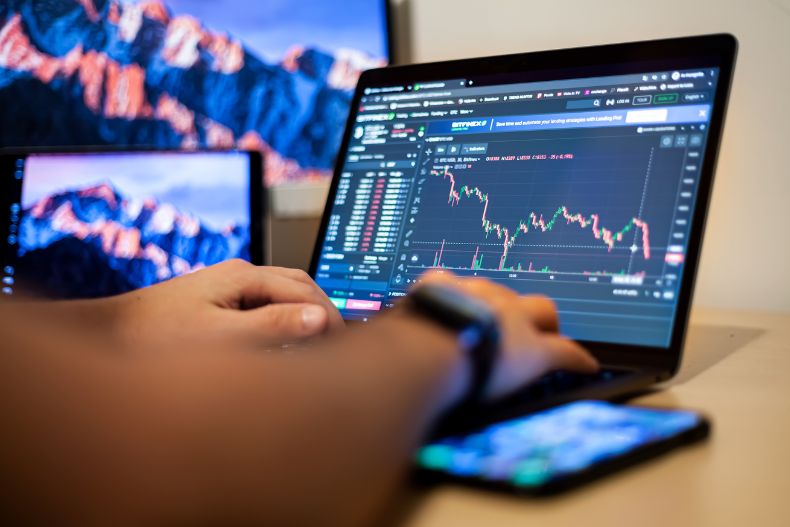When their well-planned strategy doesn’t work out as expected, traders frequently become frustrated. The failure of a given trade can occur for a variety of reasons, so it is not always indicative of the trader’s lack of knowledge or expertise. Because they are mired in a liquidity hunt, they may occasionally even lose. How so?
The truth is that institutional traders continue to have the best advantage over other participants in the huge and hectic forex market. If they have access to enough market capital, they may even be able to influence market prices in some ways for their benefit. What can traders do, then?

Using order blocks in forex trading can help you trade better. For retail traders who want to lessen the likelihood of getting caught up in liquidity hunts and increase the likelihood of success, it is one of the most dependable solutions. Finding order blocks and utilizing them in your trading strategy could be the game-changer you need to succeed as a trader, so here is all the info you need about them.
Acquiring Better Knowledge Of Order Blocks In Forex Trading
An order block is a market behavior that describes the distribution of orders from banks and financial institutions and their accumulation during both bullish and bearish market conditions, respectively. In essence, it designates a location where institutional traders might gather their orders before entering the market.
This is significant because those organizations are essentially the primary market price drivers, so it makes sense to comprehend their strategies and base your trading decisions on them. You might have a better chance of succeeding than others if you employ a strategy that considers institutional traders’ actions.

Institutional traders never trade in small amounts, in contrast to retail traders. They must therefore carefully consider how to plan their course of action. To get the best trading results, they would spend a lot of money just studying the market. They must overcome a different challenge than typical traders to execute such a large order.
Additionally, keep in mind that there needs to be an equivalent sell order on the other side of every buy order. Due to the size of their orders, institutional traders may encounter challenges when looking for a counterparty to fill their order requests. Banks and other financial institutions typically divide their orders into smaller trades and carry them out in stages.
Block Orders Versus Supply And Demand
The relationship between order blocks and supply and demand is controversial. According to some sources, the two ideas are interchangeable. Order blocks are more specifically thought of as a specific kind of supply and demand zone that resembles a range. They essentially hold that supply or demand zones are created from the range consolidation area by the placement of order blocks. Technically speaking, this is incorrect.
When actual physical goods like corn, wheat, and soybeans are traded on the market, supply and demand typically occur. Price would increase whenever there is a shortage of supply, and price would decrease whenever there is an increase in demand. Sadly, this is not how things work in the forex market.
The Advantages Of Order Blocks In Forex
Retail traders need to understand what institutional traders are doing in the market, as was already mentioned. You would typically need to read through the Commitment of Traders (CoT) report to do that. This means that you’ll need to read the report, identify the sections that apply to your trading situation, and then draw conclusions about how your discoveries might benefit your trade. It should be noted that the report will not provide you with any information on the intraday activities of the institutions, making it unsuitable for short-term traders.
Instead of having to rely on educated guesses, order blocks, on the other hand, allow you to gain a deeper understanding of what the institutions are doing because you are essentially viewing their digital footprints on the chart. Additionally, the process is much quicker, allowing you to save time and choose your trades more wisely. Last but not least, order blocks are useful for many different types of traders because they can be used in a variety of markets and trading strategies.
How To Recognize High Likelihood Order Blocks
Finding order blocks on the chart is essential before learning how to use them in your trading strategy. After a market consolidation, order blocks are typically seen in higher time frames because they are the result of big institutions’ and banks’ movements. For this reason, order block candles typically have a larger diameter than the consolidation zone.
Final Thoughts
Order blocks can be a great addition to your trading strategy, especially in the forex market. Understanding how the market functions and how institutional traders maneuver through order blocks is crucial for retail traders. You can significantly enhance your trade and increase your gains with a little practice. Just keep in mind that not all order blocks are regarded as high probability, so be sure to select the appropriate one and take trading risks into account.











